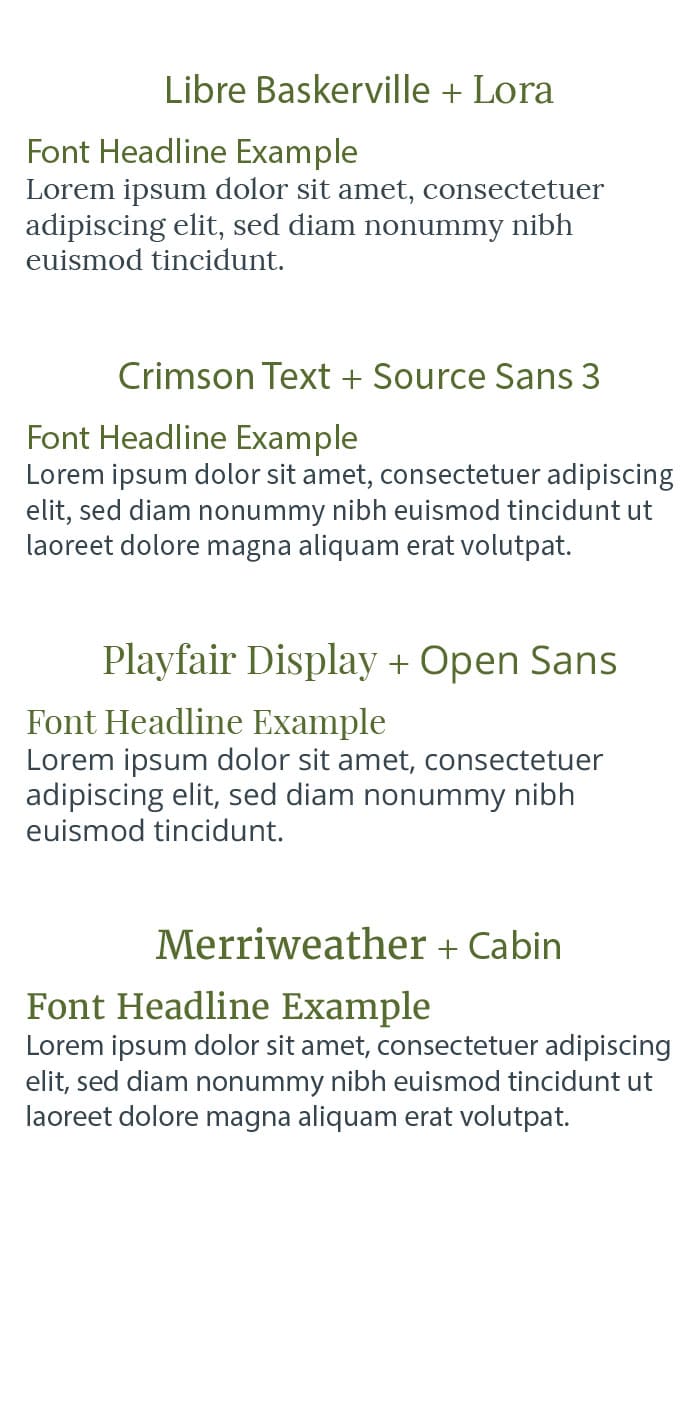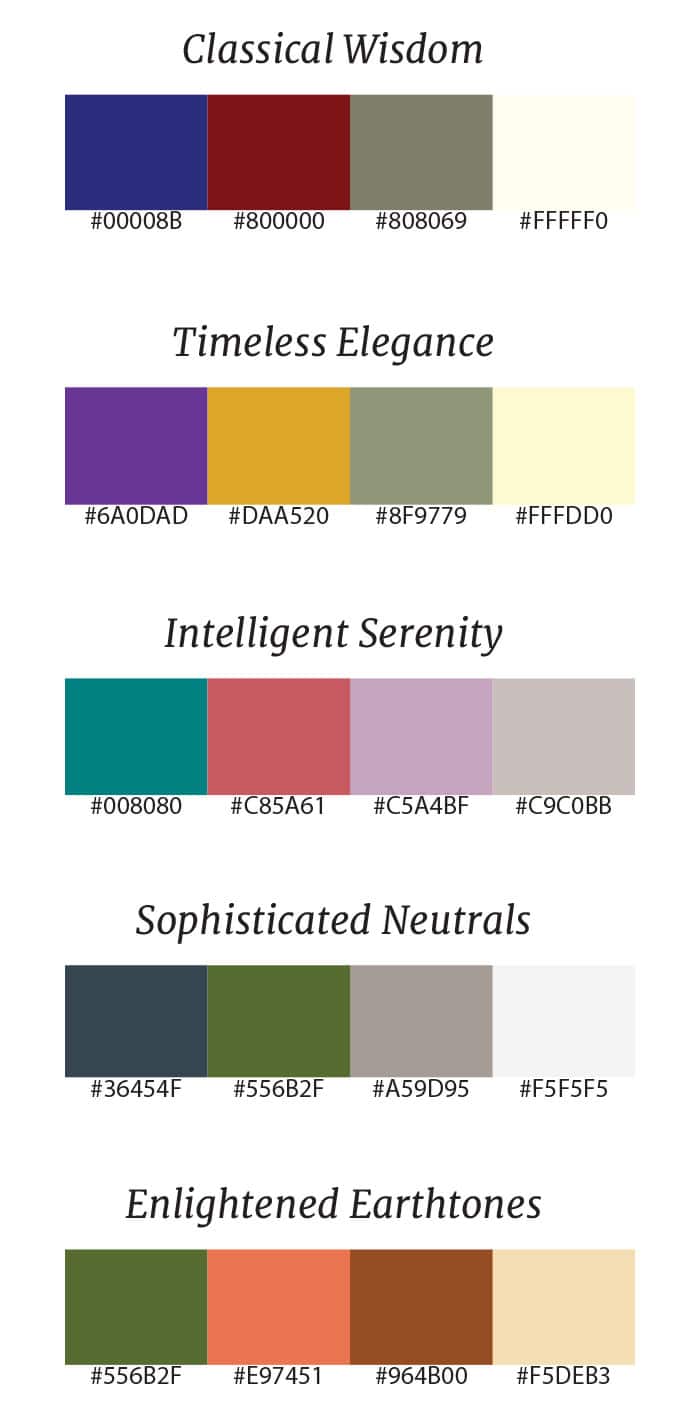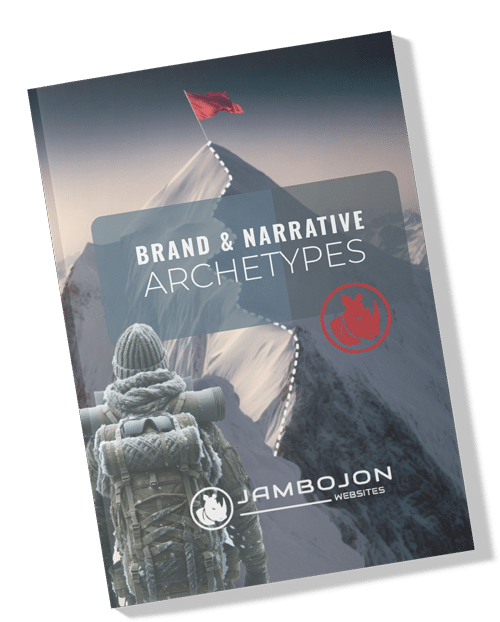About Archetypes
Brand archetypes are important in marketing and branding because they provide a framework for creating a distinct and compelling brand identity. They tap into universal patterns and symbols deeply rooted in human psychology, making them attractive to our character traits and sensibilities. Here’s why brand archetypes are significant and appealing:
The 12 Brand Archetypes
For each narrative, the website design can incorporate elements that reflect the brand's archetype and story.
- Visuals and Imagery: Use imagery that resonates with the archetype's qualities and the narrative's journey. For example, explorers might feature open landscapes, while heroes might use bold and powerful imagery.
- Tone and Language: The copy should reflect the voice of the archetype and the narrative's stages. A Jester might use playful and witty language, whereas a Sage would use insightful and thoughtful prose.
- User Journey: Design the website's user journey to mirror the narrative structure. For a Rags to Riches story, you could guide users from understanding the problem (rags) to discovering your solution (riches).
- Interactivity and Engagement: Use interactive elements to involve the user in the story. For instance, an Explorer brand could include interactive maps or exploration games.
- Testimonials and Case Studies: Share customer stories that align with your narrative and archetype. For a Caregiver brand, testimonials could focus on how the brand supported or nurtured the customer.
By thoughtfully integrating brand archetypes with storytelling formulas, websites can draw in the audience, keeping them on the edge of their seats.
The 12 Brand Archetypes
For each narrative, the website design can incorporate elements that reflect the brand's archetype and story.
- Visuals and Imagery: Use imagery that resonates with the archetype's qualities and the narrative's journey. For example, explorers might feature open landscapes, while heroes might use bold and powerful imagery.
- Tone and Language: The copy should reflect the voice of the archetype and the narrative's stages. A Jester might use playful and witty language, whereas a Sage would use insightful and thoughtful prose.
- User Journey: Design the website's user journey to mirror the narrative structure. For a Rags to Riches story, you could guide users from understanding the problem (rags) to discovering your solution (riches).
- Interactivity and Engagement: Use interactive elements to involve the user in the story. For instance, an Explorer brand could include interactive maps or exploration games.
- Testimonials and Case Studies: Share customer stories that align with your narrative and archetype. For a Caregiver brand, testimonials could focus on how the brand supported or nurtured the customer.
By thoughtfully integrating brand archetypes with storytelling formulas, websites can draw in the audience, keeping them on the edge of their seats.
What is the Sage Archetype?
Sages are seekers of truth, always in pursuit of learning and enlightenment. They value critical thinking, logic, and analysis. They often serve as mentors and guides to others.
Sage Characteristics
Sages are known for their ability to share their wisdom and insights to help others navigate through life’s challenges. They can be found in academia, as scholars, researchers, and educators. They also enjoy pushing the boundaries of human knowledge, wanting to explore and learn about the unknown. The Sage archetype encourages us to embrace the power of knowledge, cultivate intellectual curiosity, and recognize the transformative potential of continuous learning and self-discovery.
This archetype comes with a sense of wisdom/knowledge, others look to you as a mentor. In a company aspect, th0ey view your company with credibility and trust. There is an environment of learning and teaching.
The “Sage” as the Guide
The “Sage” brand archetype assists clients by:
Provides Expertise and Knowledge:
Offering well-researched, credible information to inform decisions.
Encourages Learning and Growth: Promoting education, critical thinking, and self-reflection.
Offers Thoughtful Solutions: Delivering intelligent, practical strategies and tools.
Builds Trust Through Wisdom: Gaining confidence from clients due to their reputation for intelligence.
Inspires Informed Decision Making: Empowering clients with comprehensive information for better choices.
Fosters Understanding: Helping clients grasp complex issues with clarity.
Promotes Critical Thinking: Encouraging awareness and insightful understanding of various subjects.
Font & Color Schemes for "The Sage"


Download Our Brand Archetype Guide

Understand each of the brand and narative archetypes In this free download. Learn the language, formulas, color schemes and adventure that can tell your story and create raving fans!
Ready to Start Your Journey?













